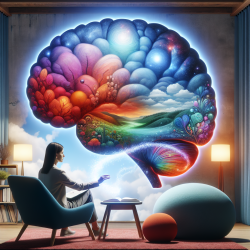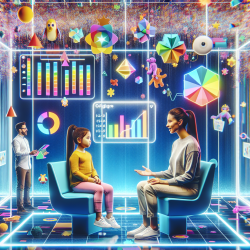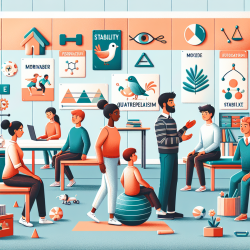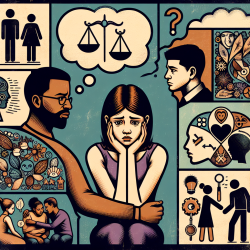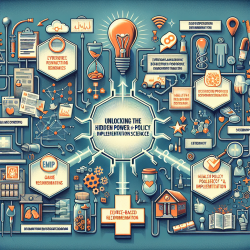Mental imagery has long been a subject of intrigue and debate within the realms of cognitive science and psychology. Recent advances in research have provided compelling evidence that mental imagery is not just a passive experience but a powerful tool that can be harnessed in therapeutic settings. The research article titled "Mental Imagery: Functional Mechanisms and Clinical Applications" offers profound insights into how mental imagery functions as a weak form of perception and its pivotal role in treating mental disorders.
The Science Behind Mental Imagery
Mental imagery involves the representation and experience of sensory information without direct external stimuli. It is akin to a weak form of perception, where brain activity patterns during imagery resemble those during actual perception. This overlap is evident as early as the primary visual cortex (V1), suggesting that both mental and perceptual images share common neural representations.
This understanding opens up new avenues for clinical applications. For instance, mental imagery plays a crucial role in many mental disorders, including anxiety and PTSD. The ability to visualize scenarios can aid in memory recall, planning, decision-making, and even navigating complex emotions.
Clinical Applications: Harnessing Imagery in Therapy
The implications of these findings are significant for therapists seeking to enhance their practice. Here are some ways practitioners can incorporate mental imagery into their therapeutic toolkit:
- Imaginal Exposure: Use imagery to help patients confront and process traumatic memories safely. This technique is particularly effective in treating PTSD by allowing patients to re-experience traumatic events in a controlled manner.
- Imagery Rescripting: Encourage patients to alter negative imagery into positive or neutral scenarios. This method can help reduce anxiety and improve mood by changing the emotional response associated with distressing images.
- Cognitive Behavioral Therapy (CBT): Integrate imagery techniques into traditional CBT frameworks to enhance emotional regulation and resilience.
The Path Forward: Encouraging Further Research
The potential of mental imagery in therapy is vast, yet much remains to be explored. Therapists are encouraged to delve deeper into this field to uncover new applications and refine existing techniques. By staying informed through conferences, publications, and webinars, practitioners can continue to evolve their practice and offer cutting-edge treatments.
The journey into understanding and utilizing mental imagery is ongoing. As research progresses, so too will our ability to harness this powerful cognitive tool for therapeutic benefit.
Mental Imagery: Functional Mechanisms and Clinical Applications
